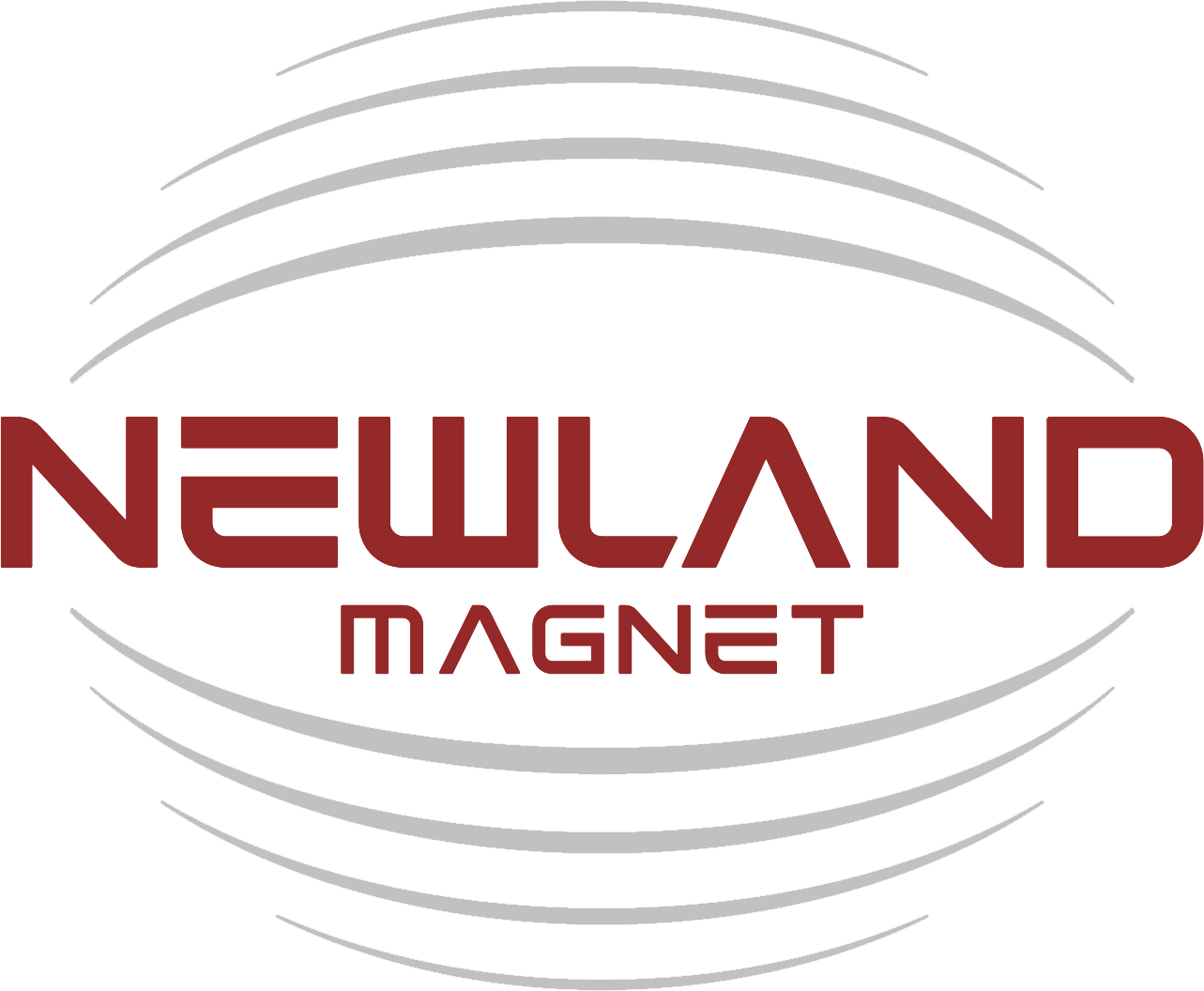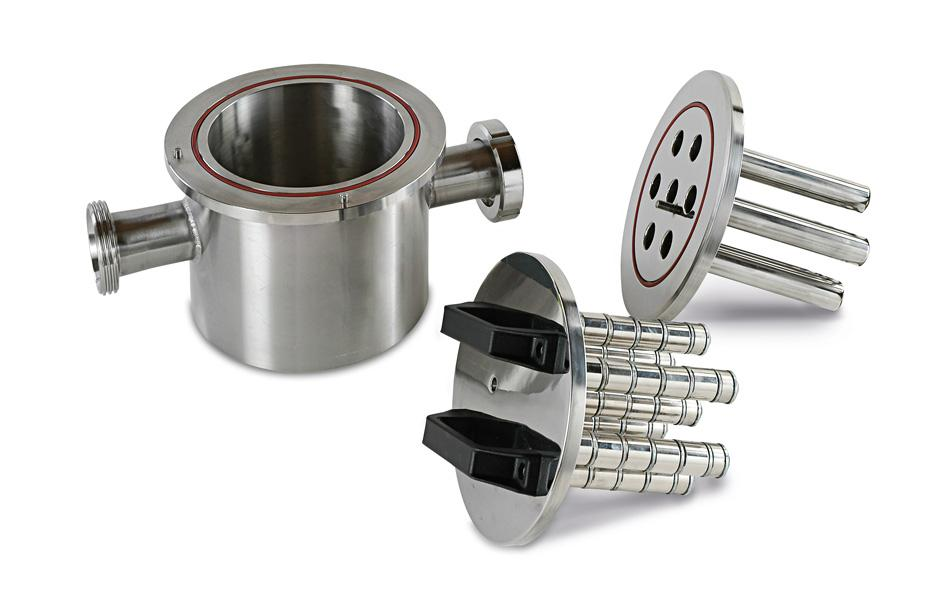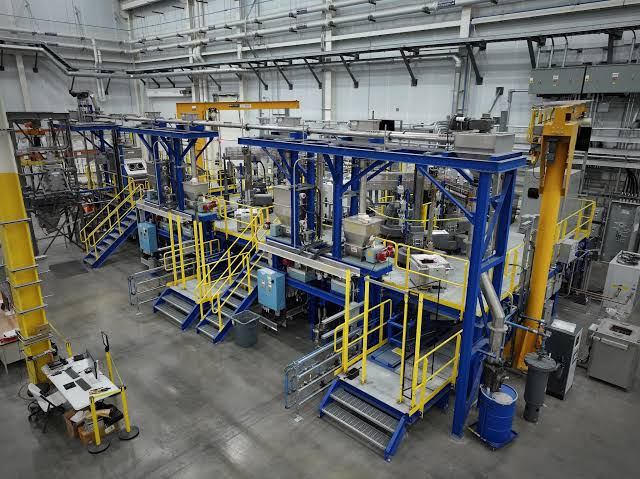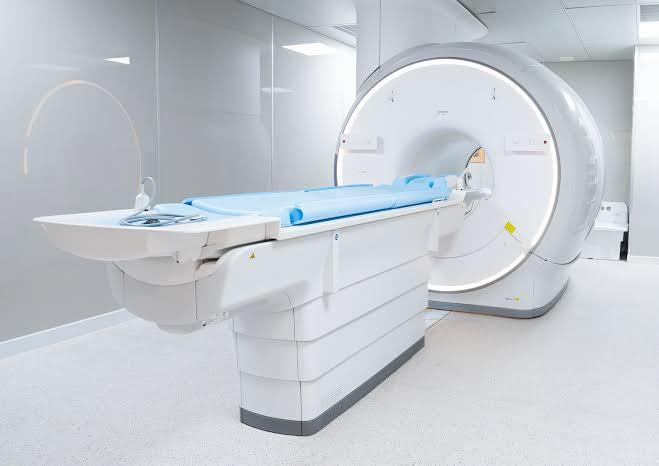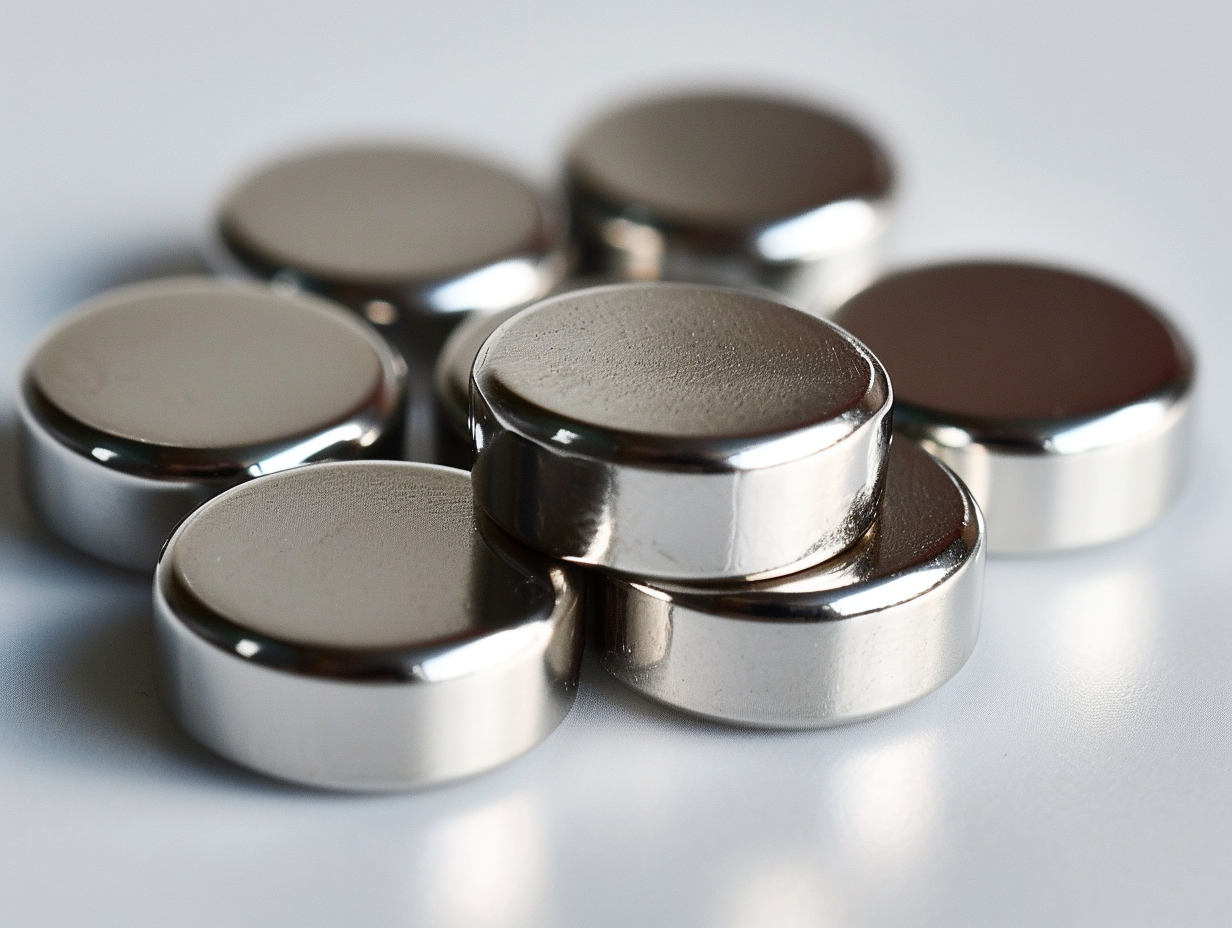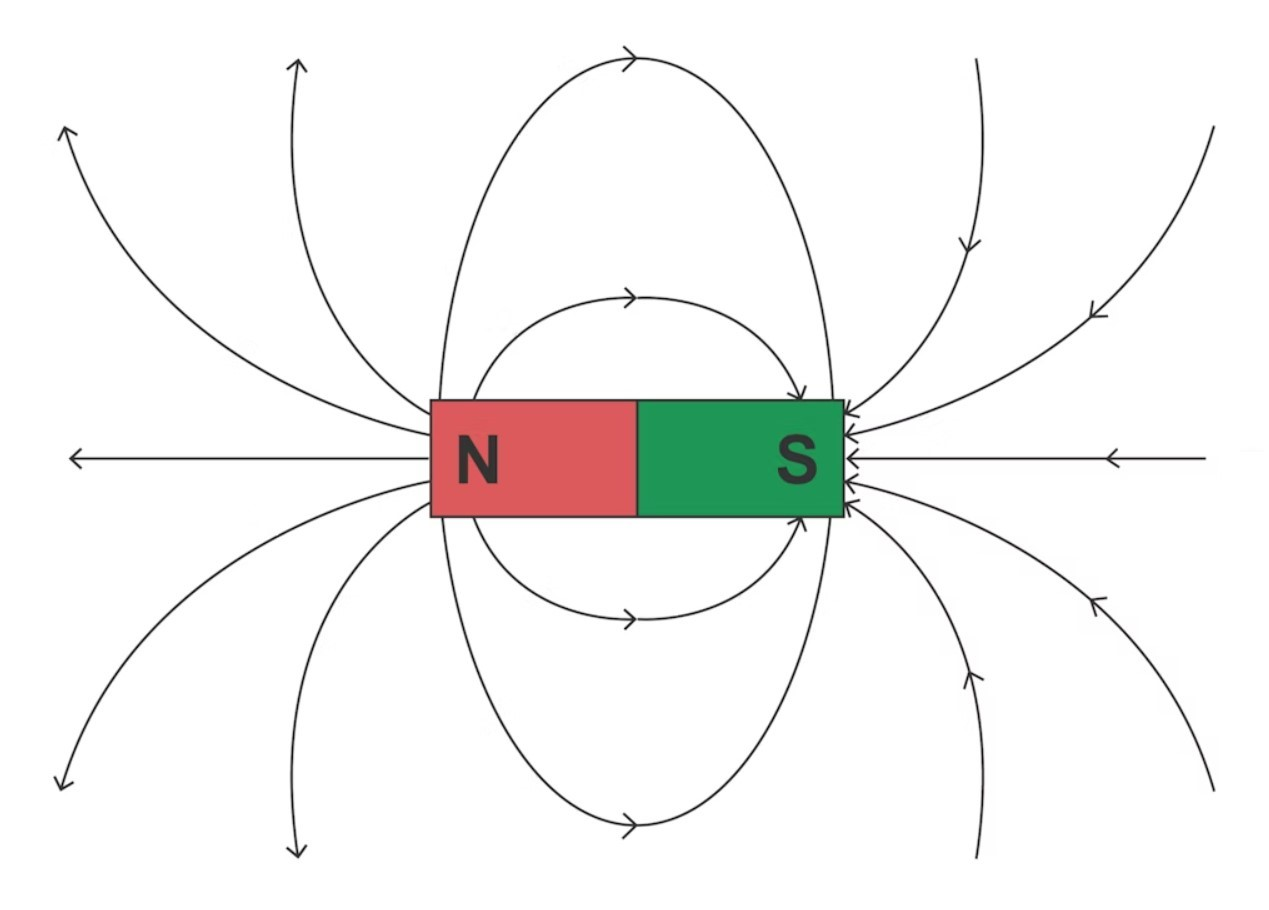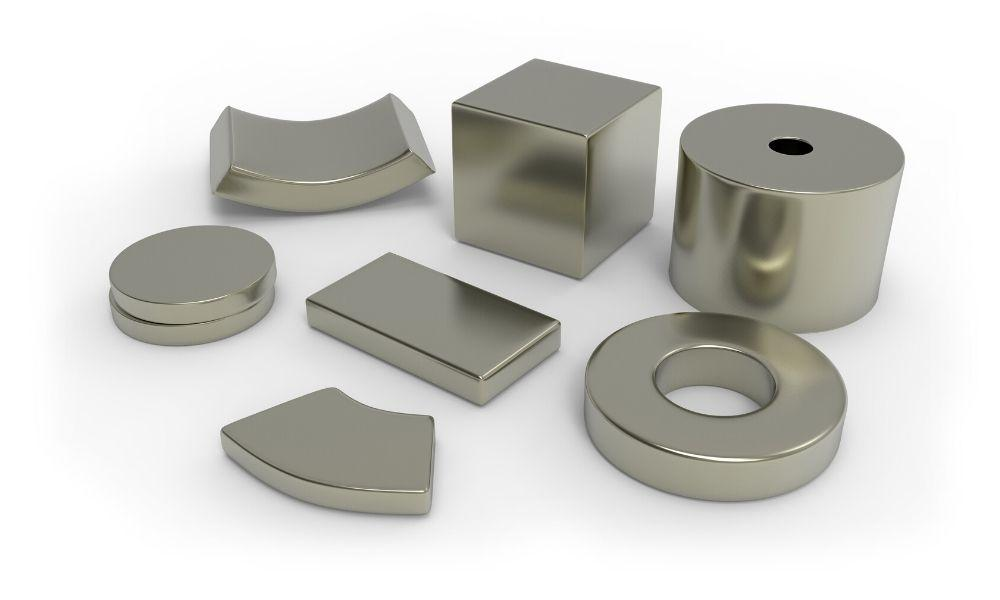목차
In many industrial processes, keeping liquids free from unwanted metallic particles is critical. Even the smallest iron fragment can damage equipment, compromise product quality, or slow down production. This is where magnetic liquid separators play a vital role.
Magnetic liquid separators are designed to remove ferrous contaminants from liquid and semi-liquid materials. They are widely used in industries such as food processing, chemical manufacturing, mining, and wastewater treatment.
This guide will explore what magnetic liquid separators are, how they are made, the different types available, their advantages, applications, quality indicators, and how to find reliable suppliers. By the end, you will understand exactly how these devices work and why they are a smart investment for your operation.
What is a Magnetic Liquid Separator?
A magnetic liquid separator is an industrial device engineered to remove magnetic metal particles from liquids and semi-liquid materials. It works by attracting ferrous contaminants with powerful magnets, ensuring that the liquid remains pure and free of harmful metallic debris. This technology is widely recognized for its ability to safeguard product quality and protect sensitive equipment.
These separators are essential because even microscopic metallic particles can cause serious problems in production. For example, in food manufacturing, a single fragment of iron could compromise safety standards and trigger costly recalls. In chemical or pharmaceutical industries, contamination could affect the consistency and performance of the final product.
The main component of a magnetic liquid separator is its magnetic core, often made from high-intensity rare-earth magnets such as neodymium. These magnets are capable of capturing even the tiniest ferrous particles, sometimes as small as a few microns. The liquid is directed through a chamber containing the magnets, where contaminants are attracted and held firmly in place.
One key advantage of magnetic separation is that it’s a non-contact process—meaning no additional chemicals or filters are required. This makes it an environmentally friendly solution compared to other filtration methods, while also reducing ongoing operating costs. In addition, cleaning and maintaining these separators is relatively straightforward, allowing for efficient operation over long periods.
There are different designs for magnetic liquid separators depending on the type of liquid being processed. For thicker or more viscous fluids, separators with larger magnetic surfaces and stronger magnetic fields are used. For high-flow applications, designs focus on maintaining a steady flow rate while still capturing contaminants effectively.
In short, a magnetic liquid separator is more than just a filter—it’s a critical quality assurance tool in industries that handle liquids. It ensures safety, consistency, and efficiency, making it a trusted choice for manufacturers and processors around the world.
How Are Magnetic Liquid Separators Made?

Before diving into the design specifics, it’s important to understand that the creation of a magnetic liquid separator involves both engineering precision and material expertise. The manufacturing process is not just about assembling parts it’s about ensuring that every component works in harmony to achieve maximum magnetic efficiency.
Once the basic manufacturing steps are completed, the next critical stage is designing the separator in a way that matches the intended application and performance requirements.
Designing the Separator
The design process starts with understanding the specific requirements of the application. Engineers consider factors such as liquid viscosity, flow rate, temperature, and the size of contaminants to be removed. These details influence the strength of the magnets, the configuration of the separator, and the materials used.
Different industries may require separators that withstand high pressures, resist corrosion, or function in extreme temperatures. This means customization is often necessary to ensure the separator performs reliably in its intended environment.
Design software is typically used to simulate performance before the manufacturing phase begins. This helps ensure the separator will achieve the desired separation efficiency.
Material Selection
Magnetic liquid separators are usually made from stainless steel due to its durability, corrosion resistance, and ease of cleaning. The magnetic components are often made from rare-earth magnets like neodymium, which offer high magnetic strength in a compact size.
Choosing the right grade of stainless steel is important. For example, food-grade applications require stainless steel that meets strict hygiene standards, while chemical processing might require materials that resist acidic or caustic solutions.
The quality of the magnetic material is equally important. High-grade magnets maintain their strength for many years, ensuring the separator continues to operate effectively over time.
Assembly and Quality Testing
Once materials are prepared, the separator is assembled. This can involve welding, machining, and precision alignment to ensure smooth liquid flow and optimal magnetic coverage.
After assembly, the separator undergoes rigorous testing. This includes checking magnetic strength, flow capacity, pressure resistance, and contamination removal efficiency. Only units that pass all tests are approved for shipment.
Some manufacturers also perform real-world application tests, using sample liquids from the customer’s process to verify that the separator meets the required standards.
Types of Magnetic Liquid Separators
Magnetic liquid separators come in several designs, each tailored to suit specific industries and liquid processing conditions. Choosing the right type depends on factors like liquid viscosity, flow rate, contamination levels, and ease of maintenance requirements. Understanding the differences between these options is crucial for selecting a separator that delivers both performance and long-term reliability.
Magnetic Liquid Traps
Magnetic liquid traps are designed to fit directly into existing pipelines, allowing liquids to pass through while ferrous contaminants are captured. They typically use magnetic rods or grids, which are arranged inside a stainless steel housing to maximize contact with the liquid flow. This ensures that even small metallic particles are trapped before the liquid continues downstream.
These traps are popular in the food and beverage industry because they can be cleaned quickly without causing long production stoppages. Operators can remove the magnetic elements, wipe away contaminants, and reinstall them within minutes. This efficiency makes them a practical choice for facilities where downtime must be minimized.
Their flexible design allows installation in both horizontal and vertical pipelines. This versatility makes it easier for engineers to integrate them into different plant layouts without major modifications. As a result, they are often chosen for both new installations and retrofitting older production lines.
Magnetic Filters
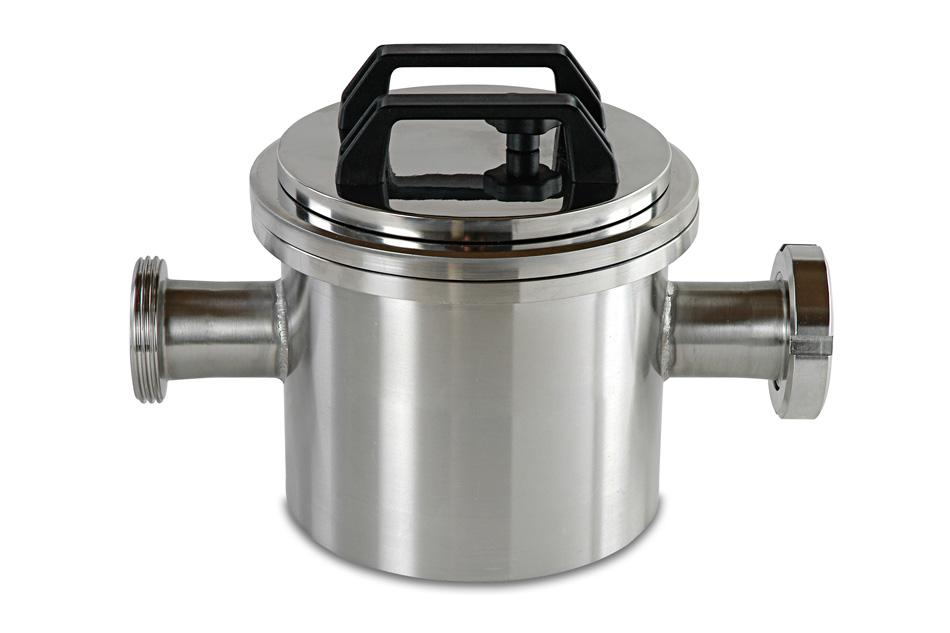
Magnetic filters are installed inline with liquid processing systems to provide continuous filtration. They excel at handling high-flow volumes while still maintaining excellent contaminant capture efficiency. These filters are built to work without interrupting the liquid’s movement, making them ideal for operations that cannot afford frequent stops.
Multiple magnetic elements are typically arranged inside the filter to maximize surface contact with the liquid. This increases the chances of capturing even the smallest ferrous particles, which might otherwise pass through conventional filters. Many designs also incorporate easy-release mechanisms to simplify cleaning.
Because of their high capacity and efficiency, magnetic filters are widely used in industries such as chemical processing, dairy production, and water treatment. They are particularly valuable in systems where other filtration methods struggle to capture extremely fine metallic debris.
Magnetic Separators for Slurry
For thicker liquids like slurries—common in mining, ceramics, and pigment manufacturingspecialized magnetic separators are required. Slurry is much denser than typical liquids, which means it requires stronger magnetic fields and durable construction to prevent wear and clogging.
These separators are designed with reinforced housings and wear-resistant materials to withstand the abrasive nature of slurry processing. High-intensity magnets ensure that contaminants are captured even when they are suspended in a thick, slow-moving flow.
Many slurry separators include features like quick-release cleaning systems and self-cleaning options. These minimize downtime and keep production running smoothly, even in harsh industrial environments where stopping the process for long periods is not an option.
What Are the Advantages of Magnetic Liquid Separators?
Magnetic liquid separators offer multiple benefits that go beyond basic filtration. They are designed to ensure higher product quality, reduce operational costs, and extend equipment lifespan. When integrated into a processing line, they work continuously without disrupting workflow, making them a practical investment for many industries.
Effective Removal of Ferrous Contaminants
Magnetic liquid separators can capture even very fine metallic particles that standard filters might miss. This ensures a higher level of product purity.
By removing contaminants before they cause problems, separators help maintain consistent product quality and protect customer satisfaction.
In sensitive industries like pharmaceuticals or food, this can also help companies meet strict regulatory requirements.
Reduced Equipment Wear and Maintenance Costs
Metallic particles in liquids can cause severe wear to pumps, valves, and other machinery. Over time, this leads to costly repairs or replacements.
By removing these particles, magnetic separators help extend equipment life and reduce maintenance costs.
Less downtime for repairs also means more consistent production output and better profitability.
Long-Term Reliability
High-quality magnetic separators require minimal maintenance and have no moving parts that can wear out.
Once installed, they can operate for years with consistent performance, especially when built with premium magnets and stainless steel housings.
This reliability makes them a cost-effective choice for long-term industrial use.
Energy Efficiency and Cost Savings
Magnetic liquid separators operate passively, meaning they require little to no additional energy to remove contaminants. This contrasts with mechanical filtration systems that may require pumps, motors, or high-pressure systems to function effectively.
The reduction in energy usage directly translates to lower operating costs. For large-scale manufacturing facilities, these savings can accumulate significantly over time.
Lower energy consumption also aligns with sustainability initiatives, helping companies reduce their carbon footprint while saving money.
Versatility Across Industries
One of the reasons magnetic liquid separators are so widely adopted is their adaptability to different industries and applications. Whether it’s filtering juice in a beverage plant, removing metal fines from slurry in mining, or protecting pumps in chemical processing, these separators perform consistently.
Applications of Magnetic Liquid Separators
식음료 산업
In food and beverage manufacturing, preventing contamination is essential for safety and quality. Magnetic separators remove ferrous particles that may enter through raw materials, processing equipment, or environmental exposure.
They are commonly used in dairy processing, juice production, brewing, and sauce manufacturing.
Regular use of magnetic separators in these industries helps companies meet health regulations and protect their brand reputation.
Chemical and Pharmaceutical Processing
In chemical manufacturing, metallic contamination can compromise product integrity or react with sensitive substances.
Pharmaceutical production demands even stricter purity standards, making magnetic separators a vital part of the process.
They ensure compliance with safety regulations and reduce the risk of product recalls or production delays.
Mining, Ceramics, and Other Industries
In mining and ceramics, magnetic separators are used to clean slurry mixtures and protect downstream equipment.
These industries often deal with highly abrasive materials, so durable, heavy-duty separators are required.
Wastewater treatment plants also use magnetic separators to remove metallic particles before water is discharged or reused.
Important Indicators for Testing the Quality of Magnetic Liquid Separators
자기 강도
One of the key indicators of separator quality is magnetic strength, usually measured in gauss. Higher magnetic strength allows for better capture of fine particles.
A strong magnet ensures effective separation even at high flow rates.
Testing magnetic strength regularly helps maintain optimal performance over time.
Material and Build Quality
High-quality stainless steel construction ensures resistance to corrosion and easy cleaning.
The build quality affects not just durability but also how well the separator integrates into existing systems.
Poor welds, thin steel, or low-grade magnets can reduce performance and lifespan.
Ease of Maintenance
Good separators are designed for easy cleaning and servicing. This can include quick-release clamps, easy access to magnetic elements, and simple reassembly.
The easier a separator is to maintain, the more likely it will continue to perform at its best.
Ease of maintenance also reduces downtime, keeping production running smoothly.
Where to Import Magnetic Liquid Separators?
When importing magnetic liquid separators, it’s important to source from reputable manufacturers who specialize in industrial magnetics.
Look for suppliers with proven track records, transparent quality testing procedures, and the ability to customize products for your specific needs.
Also, consider factors like shipping reliability, after-sales support, and warranty coverage.
If you are looking for high-quality magnetic liquid separators, 뉴랜드 매그네틱스 offers reliable, customizable solutions for different industries. Learn more at
결론
Magnetic liquid separators are essential tools for ensuring liquid and slurry products remain free from ferrous contamination. They play a critical role in protecting equipment, improving product quality, and maintaining compliance with industry regulations.
By understanding how they work, the different types available, and the indicators of quality, you can make an informed decision when choosing a separator for your business.
Investing in a reliable magnetic liquid separator not only improves production efficiency but also safeguards your brand reputation for the long term.
